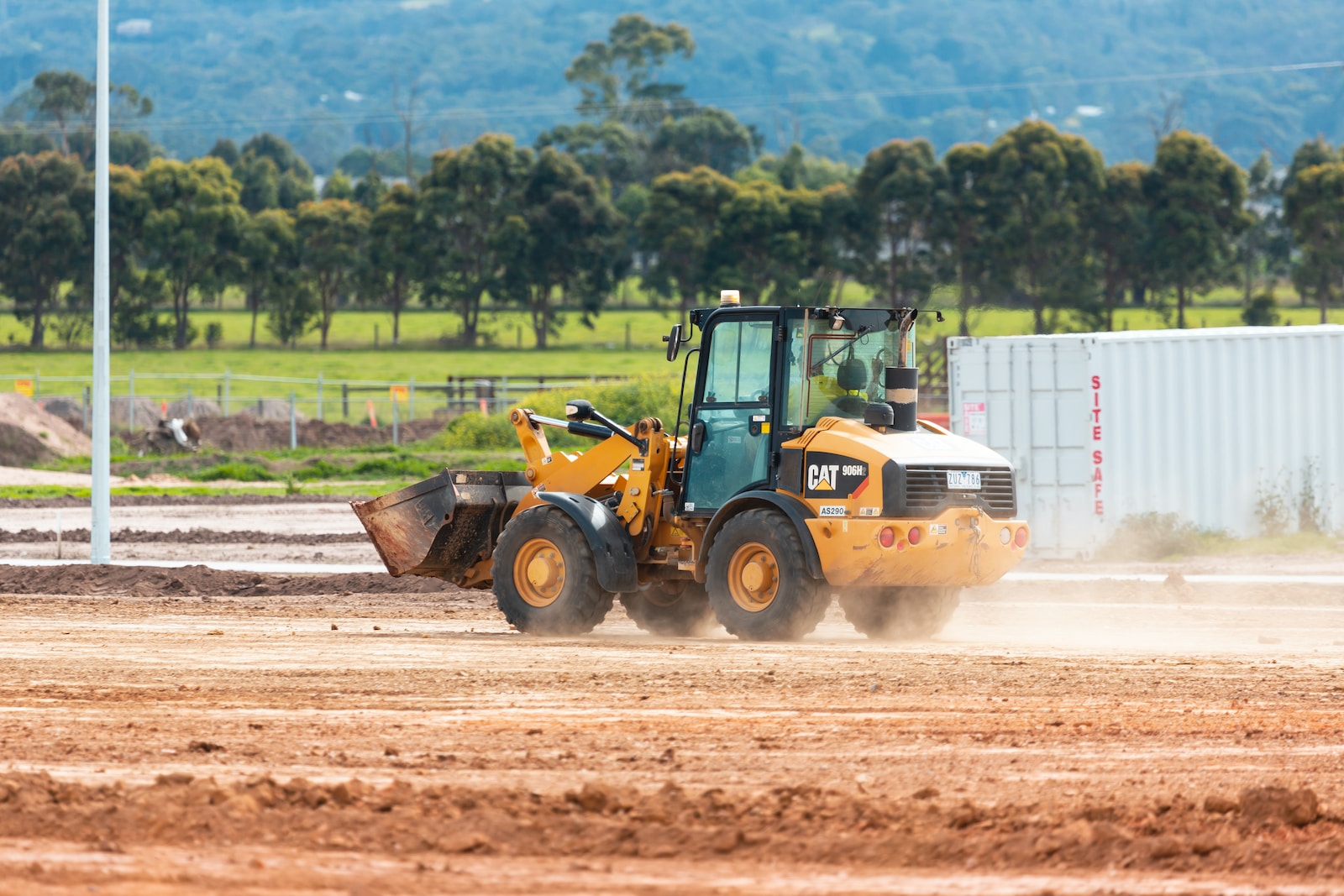Selecting the optimal location for your office trailer is a crucial step in ensuring a seamless and efficient workspace. Whether you’re managing a construction project, organizing a special event, or setting up a remote work site, strategic site planning can significantly impact the functionality and productivity of your office trailer. Here are 12 things to keep in mind while choosing the right location for your Office Trailer.
1. Accessibility and Proximity
Consider the accessibility of the chosen location. Ensure that the office trailer is easily reachable by the intended users, whether it’s construction teams, event organizers, or project managers. Proximity to key areas of operation, such as construction sites, event venues, or project hubs, can enhance efficiency and minimize downtime.
2. Level Ground and Stability
Choose a location with level ground and stable soil. A flat surface not only simplifies the installation process but also ensures the stability of the office trailer. Avoid areas prone to water accumulation or uneven terrain, as these factors can impact the structural integrity and functionality of the trailer.
3. Utility Connections
Consider the availability of utility connections, such as electricity, water, and sewage. Proximity to utility hookups can reduce installation costs and ensure a more convenient and sustainable setup. If utility connections are not readily available, plan for alternative solutions, such as generators, water tanks, or portable restroom facilities.
4. Orientation for Natural Light
Take advantage of natural light by orienting the office trailer to maximize sunlight exposure. Proper placement can reduce the need for artificial lighting during daylight hours, creating a more energy-efficient and comfortable workspace. Consider the trajectory of the sun throughout the day and position the trailer accordingly.
5. Security and Visibility
Prioritize security by choosing a location with good visibility and minimal blind spots. This not only deters unauthorized access but also allows for easier monitoring of the surrounding area. Balance security considerations with the need for visibility to ensure a safe and secure working environment.
6. Regulatory Compliance
Before finalizing the location, verify that it complies with local regulations and zoning requirements. Some areas may have specific rules regarding the placement of temporary structures like office trailers. Check with local authorities and obtain any necessary permits to avoid legal complications.
7. Environmental Impact
Assess the environmental impact of the chosen location. Avoid environmentally sensitive areas, and be mindful of ecosystems, water sources, and protected habitats. Responsible site planning minimizes the ecological footprint and aligns with sustainable practices.
See Also: Building Green: The Environmental Benefits of Modular Construction
8. Future Expansion and Flexibility
Consider the potential for future expansion and changes in operational needs. Choosing a location that allows for the flexibility to expand or relocate the office trailer as the project evolves ensures long-term adaptability and efficiency.
9. Landscaping and Aesthetics
Blend the office trailer seamlessly into the surroundings by considering landscaping and aesthetics. Thoughtful placement and landscaping can enhance the visual appeal of the workspace, contributing to a more positive and professional atmosphere.
10. Community Impact
Be mindful of the impact on the local community. Communicate with neighbors and stakeholders to address any concerns and ensure that the placement of the office trailer aligns with community expectations. Building positive relationships with the community is crucial for successful and harmonious operations.
Conclusion
Choosing the right location for your office trailer requires a thoughtful and comprehensive approach. By considering accessibility, ground stability, utility connections, natural light, security, regulatory compliance, environmental impact, future flexibility, landscaping, and community considerations, you can create an optimal and efficient workspace. Site planning is not just about finding a spot; it’s about setting the foundation for a successful and well-integrated office trailer solution in any context.
By: Nate Nagle
